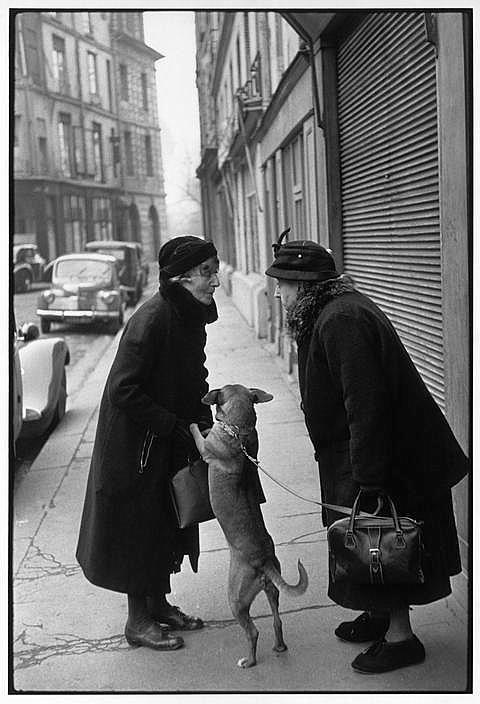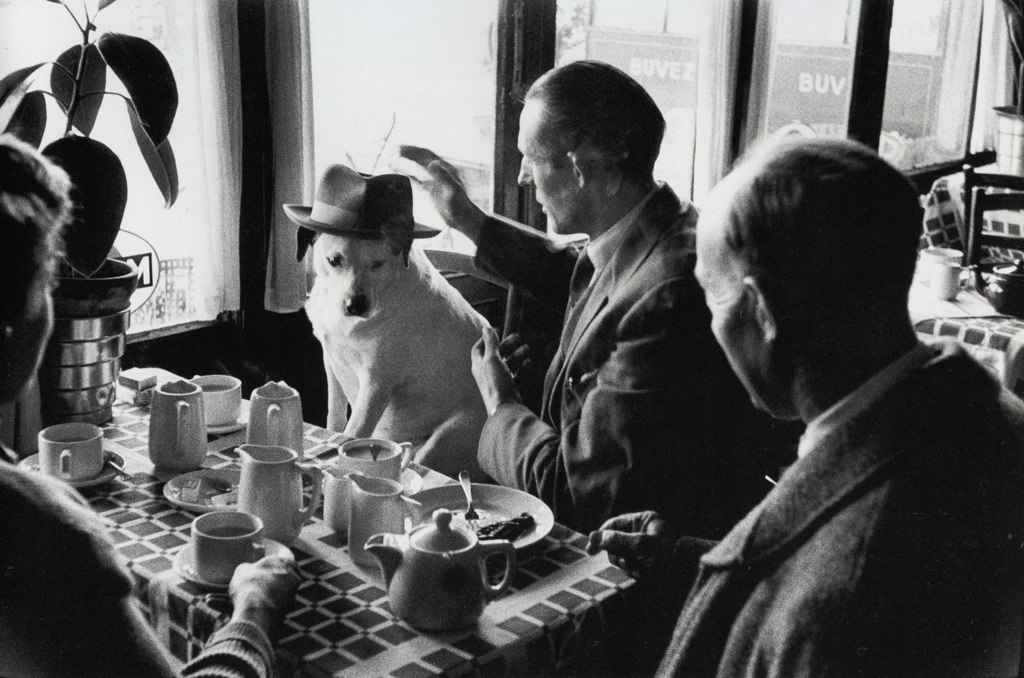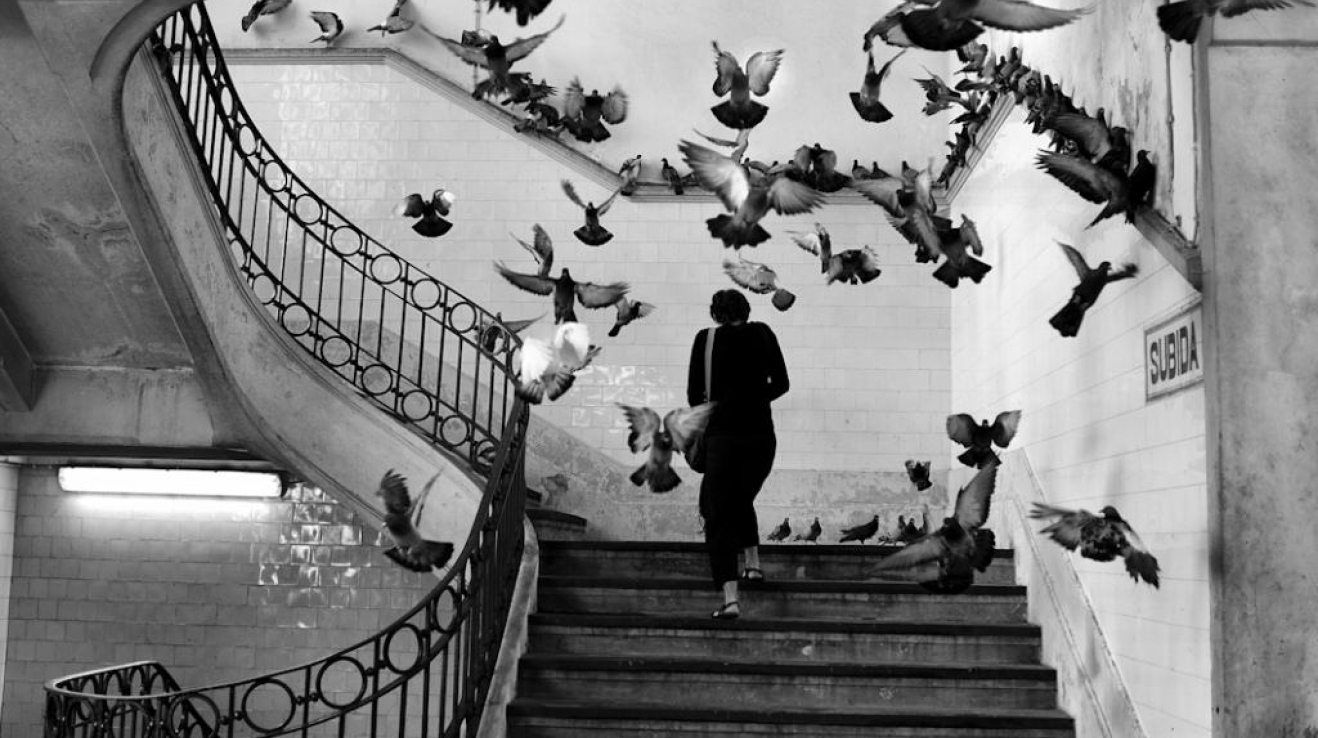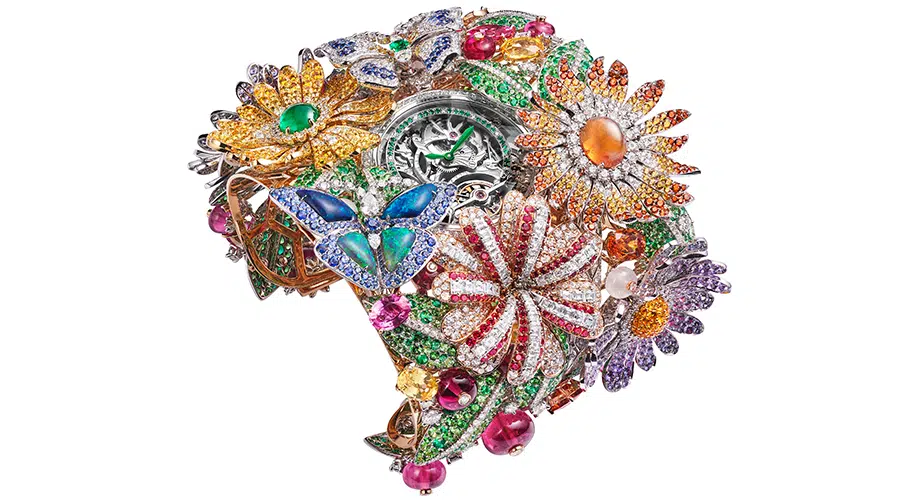You are using an out of date browser. It may not display this or other websites correctly.
You should upgrade or use an alternative browser.
You should upgrade or use an alternative browser.
Beautiful Art: architecture, paintings, sculptures, etc
- Thread starter Pierre
- Start date
Danish realist artist Peder Mork Monsted.
His paintings are something that completly resonates with my soul
 www.artrenewal.org
www.artrenewal.org



His paintings are something that completly resonates with my soul
Peder Mørk Mønsted - 133 artworks - Art Renewal Center

zak
The Living Force
A little monday night reflection on art:
The experience is more than the sum of the years that pass, the pain of the loss of a loved one does not diminish with time, on the contrary, it amplifies at every moment our love for that being that we end up smiling and laughing again with joy, not that life must go on, but that this is life.
To be able to create a work of art that touches the deepest part of each being, it is necessary to suffer from the heart and soul, to have touched the bottom, and to rise slowly but surely to the surface to breathe again like a newborn child.
From this coexistence with suffering, the artist, by creating, heals himself and, by the same token, touches and heals others who suffer as much.
The experience is more than the sum of the years that pass, the pain of the loss of a loved one does not diminish with time, on the contrary, it amplifies at every moment our love for that being that we end up smiling and laughing again with joy, not that life must go on, but that this is life.
To be able to create a work of art that touches the deepest part of each being, it is necessary to suffer from the heart and soul, to have touched the bottom, and to rise slowly but surely to the surface to breathe again like a newborn child.
From this coexistence with suffering, the artist, by creating, heals himself and, by the same token, touches and heals others who suffer as much.
"Letter to the Artists", by Pius XII
(1742 - 1823)
XXXXXXXXXXXXXXXXXXXXX
The beauty must elevate us. The function of all art consists in breaking through the narrow and anguishing space of the finite in which man is immersed as long as he lives here below, in order to open a kind of window to his spirit that tends towards the infinite.
In the face of a culture without hope, make smile on earth, on humanity, the reflection of beauty and divine light and you will have, by helping man to love all that is true, noble, just, pure, lovable, contributed greatly to the work of peace.
Now, dogs.

Henri Cartier Bresson, Place Dauphine 1953

Valparaiso 1963 Sergio Larrain

Henri Cartier Bresson // Boys and Dogs, 1965

Elliott Erwitt - 1992.

Paris, 1949 by Elliott Erwitt

North Vietnam, 1994, Elliott Erwitt

Elliott Erwitt
Here you can find really good, good pictures by Elliott Erwitt.

Henri Cartier Bresson, Place Dauphine 1953

Valparaiso 1963 Sergio Larrain

Henri Cartier Bresson // Boys and Dogs, 1965

Elliott Erwitt - 1992.

Paris, 1949 by Elliott Erwitt

North Vietnam, 1994, Elliott Erwitt

Elliott Erwitt
Here you can find really good, good pictures by Elliott Erwitt.
Robert Griffing
A contemporary artist from my area. The French and Indian War was fought in my area of Western Pennsylvania and I used Robert's paintings to homeschool my son, Addam, on this. We had many demonstrator friends (I did talks too but mainly for school children) and went to all the places where re-enactments were held. Many of his works are scenes along the Allegheny River, that I live by. Before painting a reconstruction of history, he would climb the hills surrounding the river, to make sure he had the proper perspectives.Here's a photo of Addam with Robert:
BIO:
Robert Griffing grew up in Linesville, Pennsylvania, where he roamed the fields and beaches around Pymatuning Lake collecting stone artifacts, the key factor for his love of history and native cultures. After graduating form the Art Institute of Pittsburgh and a thirty year advertising career, he returned to the subject of his early fascination, the Eastern Woodland Indian of the 18th century. Griffing decided to devote his time and energy to his passion after receiving an enthusiastic response to his early paintings and prints.
He describes himself as a painter of 18th century scenes that involve or feature the Eastern Woodland Indian. His Paintings focus on a time that marked the beginning years of chaos and uncertainty for the Woodland tribes as they struggled to survive the encroachment of Europeans.
In addition to his extensive library of books, historical papers and journals, he is grateful to his historian and re-enactor friends who provide information and act as models for some of the characters in the paintings.
Griffing hopes that his paintings shed some light on this time period that has been neglected through society's romance with the American West."
FROM: (Where you can view other works by Robert)

VIDEO OF SOME OF HIS WOODLAND INDIAN SCENES:
Portrait of Dr. Samuel D. Gross (The Gross Clinic), 1875, by Thomas Eakins, 243.8 × 198.1 cm, Philadelphia Museum of Art
The Gross Clinic is recognized as one of the greatest American paintings ever made. The young and little-known Eakins created it specifically for Philadelphia’s 1876 Centennial Exhibition, intending to showcase his talents as an artist and to honor the scientific achievements of his native Philadelphia.
Choosing the city’s world-famous surgeon and teacher Dr. Samuel Gross as his subject, Eakins sets the scene in Jefferson Medical College’s surgical amphitheater. Dr. Gross is shown leading a clinic of five doctors operating on the left thigh of a patient. At the same time Gross is demonstrating to students the relatively new surgical procedure he had developed to treat bone infections. In contrast to the recoiling woman to the left—traditionally identified as the patient’s mother—Gross embodies the confidence that comes from knowledge and experience.
Casting himself as a witness, Eakins can be seen seated to the right of the tunnel railing, sketching or writing.
The artist’s plan to promote himself and the city of Philadelphia faltered, however, when the fair’s art jury rejected The Gross Clinic, perhaps deeming the subject too bloody and brutal for display in the art building. The painting appeared instead in a model US army field hospital exhibit.
The subject shocked viewers unused to seeing such a frightening event depicted in such realistic detail. Bright red blood colors the surgeon’s fingers and scalpel, and the gaping incision is fascinating, repulsive, and confusing because it is so hard to read the position of the patient’s body. Although some viewers admired Eakins’s command of composition, color, and detail, and praised his convincing creation of form and space, many were repelled by what was considered ugly and inartistic realism.

The Gross Clinic is recognized as one of the greatest American paintings ever made. The young and little-known Eakins created it specifically for Philadelphia’s 1876 Centennial Exhibition, intending to showcase his talents as an artist and to honor the scientific achievements of his native Philadelphia.
Choosing the city’s world-famous surgeon and teacher Dr. Samuel Gross as his subject, Eakins sets the scene in Jefferson Medical College’s surgical amphitheater. Dr. Gross is shown leading a clinic of five doctors operating on the left thigh of a patient. At the same time Gross is demonstrating to students the relatively new surgical procedure he had developed to treat bone infections. In contrast to the recoiling woman to the left—traditionally identified as the patient’s mother—Gross embodies the confidence that comes from knowledge and experience.
Casting himself as a witness, Eakins can be seen seated to the right of the tunnel railing, sketching or writing.
The artist’s plan to promote himself and the city of Philadelphia faltered, however, when the fair’s art jury rejected The Gross Clinic, perhaps deeming the subject too bloody and brutal for display in the art building. The painting appeared instead in a model US army field hospital exhibit.
The subject shocked viewers unused to seeing such a frightening event depicted in such realistic detail. Bright red blood colors the surgeon’s fingers and scalpel, and the gaping incision is fascinating, repulsive, and confusing because it is so hard to read the position of the patient’s body. Although some viewers admired Eakins’s command of composition, color, and detail, and praised his convincing creation of form and space, many were repelled by what was considered ugly and inartistic realism.
solarmind
Jedi
Diocletian Palace - An extraordinary piece of Architecture on the East Mediterranean side. It is far much older than Roman times, and indeed it was not an Emperor's Palace. It is structured more like a cosmic instrument from Ancient times, with people still living ordinary human lives inside of that magic!
Attachments
Looking for where to post this, I just found this thread.... I will admire your contributions later.
---
I did not know about these churches, very interesting thread!
---
I did not know about these churches, very interesting thread!
It looks like they made the 'new-fangled vehicles' interior take after the style of Queen Victoria's first royal train car.1926 Rolls Royce interior:












